Miyajima Island
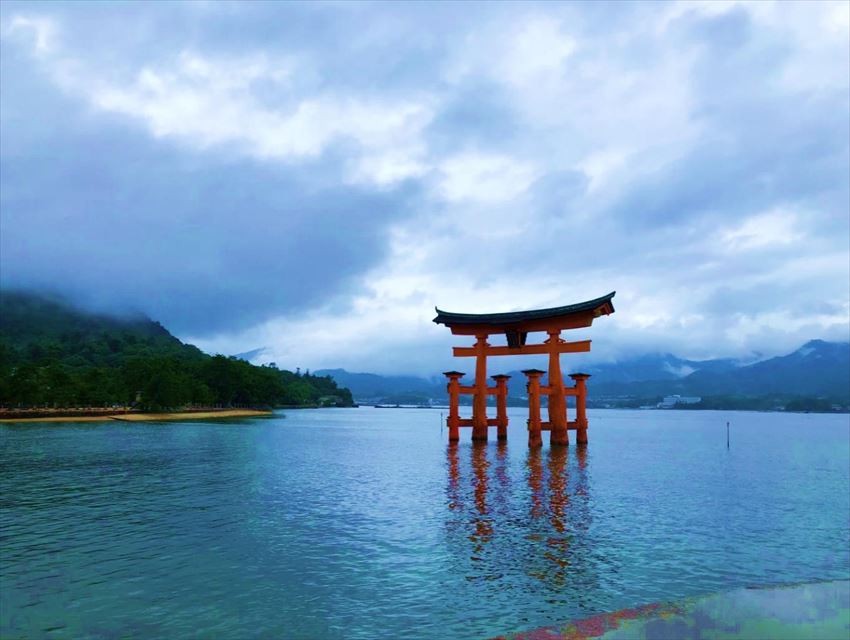
It's so pretty, isn’t it?
We started our day by visiting one of the famous deity islands in Hiroshima. Who doesn’t know about the great and iconic floating red torii gate in Hiroshima? I was so excited that we could step our feet on the island of worship, Miyajima Island.
In order to go there, we have to take a train and ferry. Luckily, we have our Setouchi Area Pass of which we can ride both train from JR line Hiroshima station to Miyamaguchi Station and ferry from Miyamaguchi Sanbashi to Miyajima-Sanbashi without having to queue for tickets. Amazing, right? Only with one pass, we can use both train and ferry consecutively.
Exploring Miyajima Island was like a new experience for me. I have never seen tame deer roaming around freely in a tourist spot before. But bear in mind, they do bite!
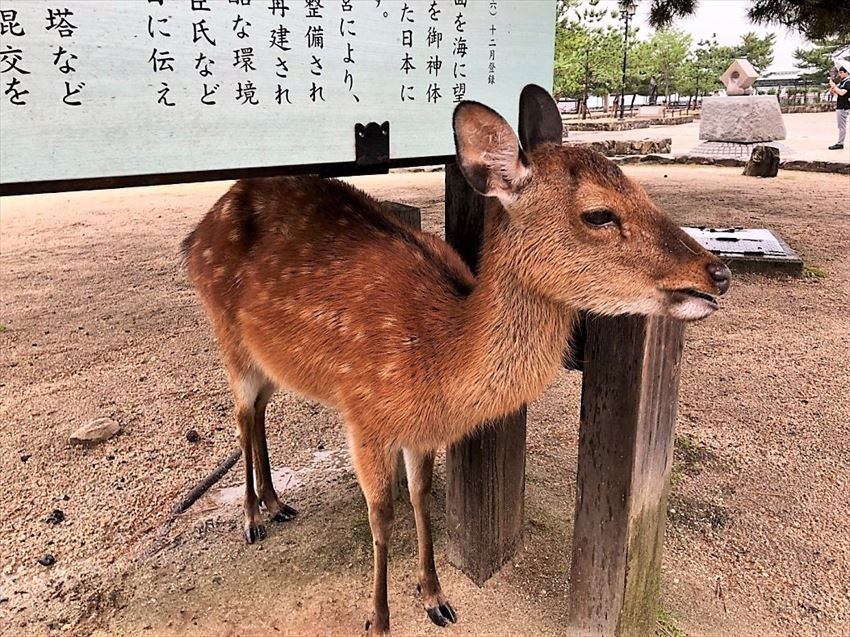
They didn’t even move an inch when we go near them.
There was high tide when we visited, so the torii looks like it is floating proudly in the sea. Isn't it amazing that it could survive the tide despite the unforeseen weather and seasons in Japan? I am wondering how it will look likes during the low tide. Aside from Miyajima Torii, I was also impressed by the craftsmanship and uniqueness of the Itsukushima Jinja, the centuries-old shrine in Miyajima Island. The redness of the shrine complex reflected our feeling that day, happiness and passion for exploration.
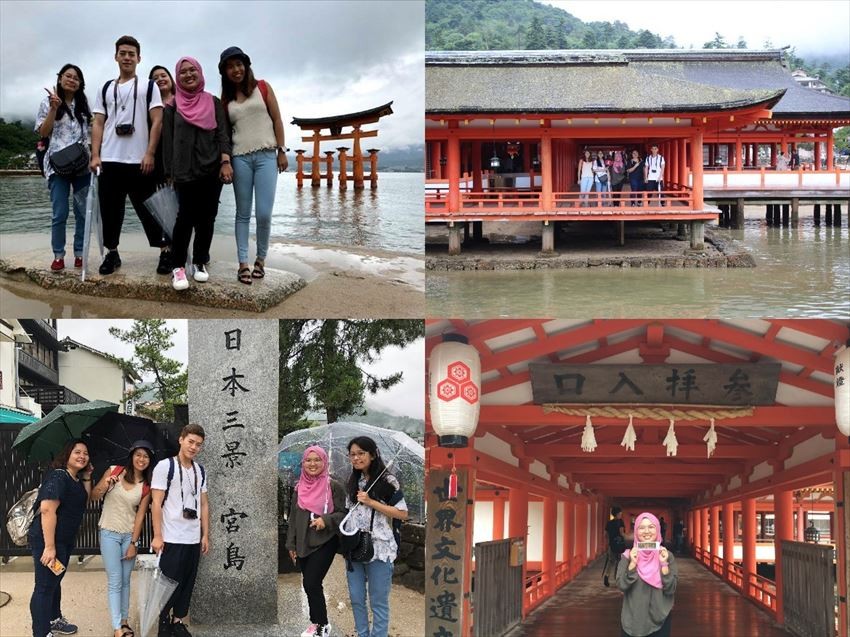
Can you feel our happiness exploring the Miyajima Island? - ie; Miyajima Torii and Itsukushima Jinja
After exploring the wonderful Itsukushima Shrine, we climbed up to the Daisho-in temple. Instead of taking a thousand stairs, we decided to discover the Gohyaku Rakan or also known as the 500 disciples of Buddha, on the left side of the temple's gate. The 500 colorful statues in five different colours lining up towards the temple make it look like the stairway of statues. Inside Daisyo-in temple, we can also see a few other architectural buildings. On our way down, we stopped for a while to see the Gojunoto a five-storied pagoda which is dedicated to Buddhist God of Medicine.
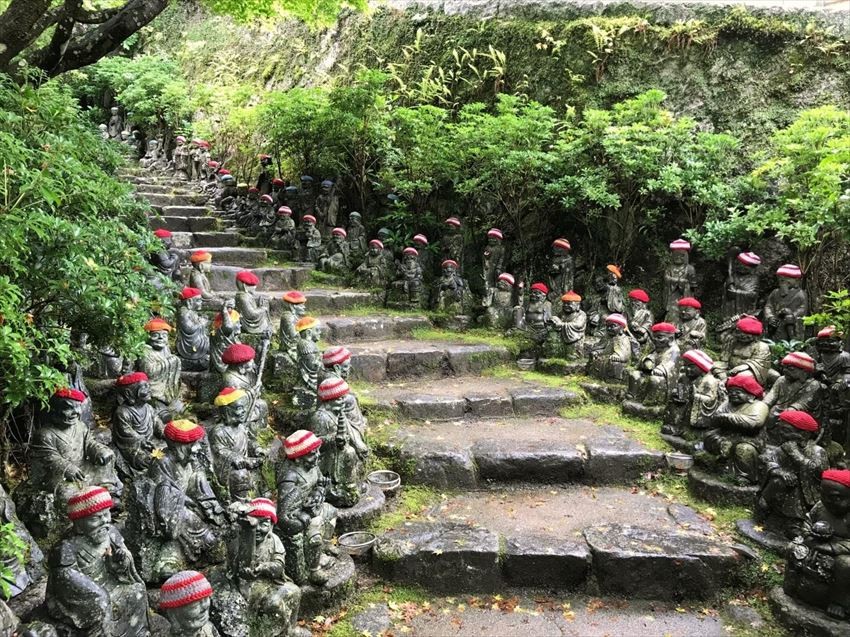
The stairway of Gohyaku Rakan towards Daisyo-in temple
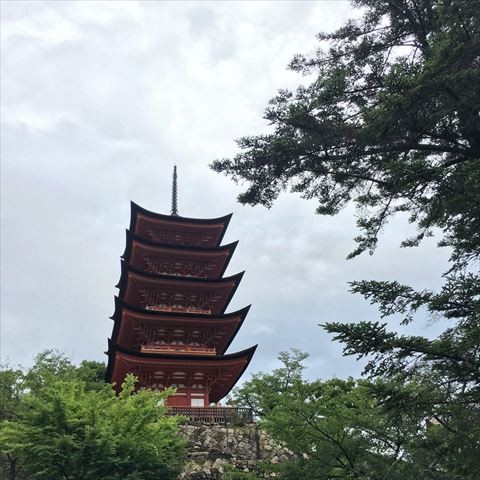
While waiting for the ferry to arrive, we took a break at a café on the island. I decided to have another soft cream and this time I tried the coffee soft cream, my favourite flavour!
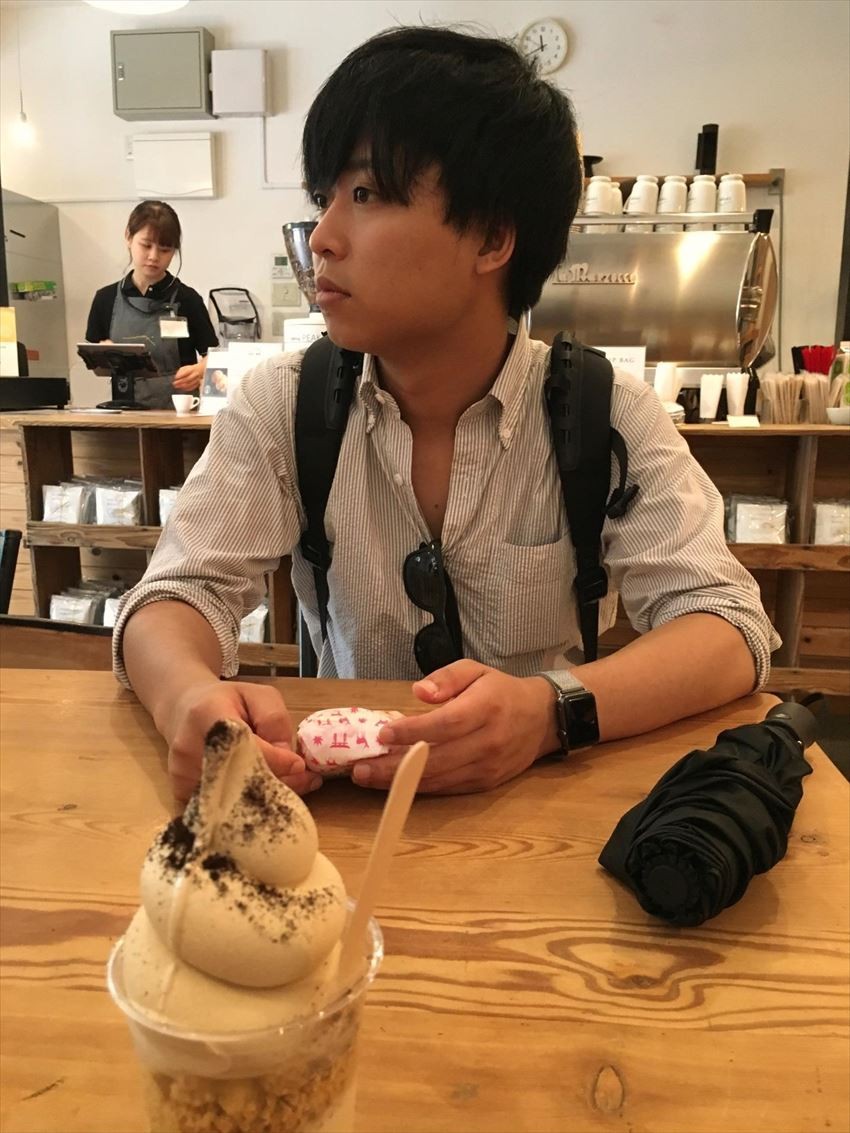
Which one catches your eyes first? Tasty coffee soft cream or cool-face, Myu-san? :)
HIROSHIMA PEACE MEMORIAL PARK
Hiroshima A-Bomb Dome
What is the first thing that comes into your mind when you think of Hiroshima? Personally, I will think about the Hiroshima tragic bombing in 1945. In Hiroshima Peace Memorial Park, you can visit various places that are dedicated to the tragic Hiroshima atomic bombing.
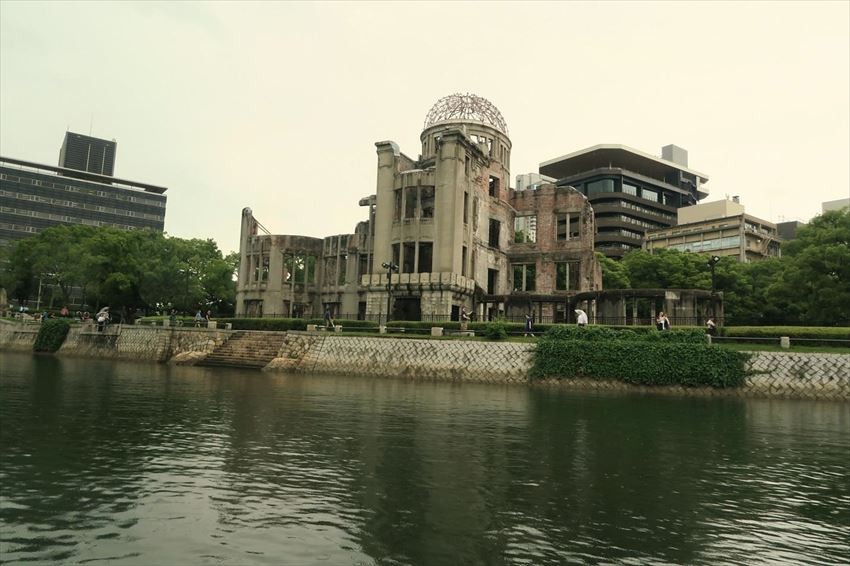
A-Bomb Dome from Motoyasu River.
I was confused when we arrived at the park until I saw the A-Bomb Dome. After seeing the structure, my mind was like, “Ahhhh… that building. I know what it is.” I was so astonished to see the partly destroyed dome despite its closeness to the hypocenter of the bombing. Instead of completely demolishing it, I am glad that the Japanese chose to preserve the building to show the world the horror of the bombing.
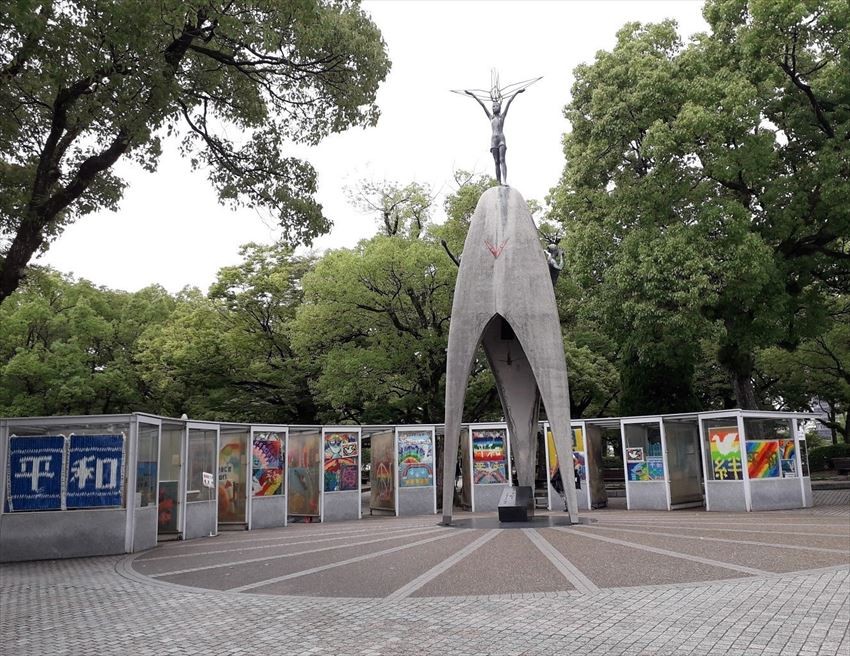
One of the memorable monuments at the Peace Memorial Park, Children’s Peace Monument – a monument to remember the thousands child victims of the bombing
One of the memorable monuments at the Peace Memorial Park, Children’s Peace Monument – a monument to remember the thousands child victims of the bombing
From the dome to the museum, we walked through the park where we can see the Flames of Peace and a few other Monuments. We only managed to visit the East Building of the Museum as the main building was undergoing some renovation to withstand the earthquake. On 6th August 1945 at 0815 hours, the bombing completely turns Hiroshima into a ‘padang jarak padang terkukur’. I got goosebumps all over my body when they previewed the pre and post-bombing of the affected area in a LED light replica. Interestingly, they managed to collect various information, testimonies, replicas and belongings left by the victims to pay honour to the incident. With only ¥200, we could learn from A to Z about the bombing which might not be precisely and comprehensively covered in our history textbook.
Hiroshima Hondori
After learning the history of Hiroshima, we decided to fuel up our energy at Hiroshima Hondori. Fascinatingly, we can see the never-ending shops and restaurant lining up at the Hondori. On the outer sides, there are a few more shopping malls and colourful building of shops. All I could say is I love Japan street, busy yet lively. We then took JR bus from Hondori towards Hiroshima station, and of course, we can use our Setouchi pass.
KURASHIKI – HISTORIC CITY IN OKAYAMA PREFECTURE
We took the taxi from Kurashiki Station to Kurashiki Bikan District. It was my first encounter with the Japan taxi. What shocked me was the taxi rear left door is controlled by the taxi driver and you don’t have to open or close it. So, don’t be so clueless and clumsy like me okay!
Kurashiki Bikan Historical Quarter
If you love the view of traditional Japanese street, Kurashiki would be the best place for you. You can walk freely while enjoying the fresh air and breathtaking view of the classical architecture building alongside the Kurashiki Canal. The canal, bridge, alley, and buildings remind me of old Japanese movies.
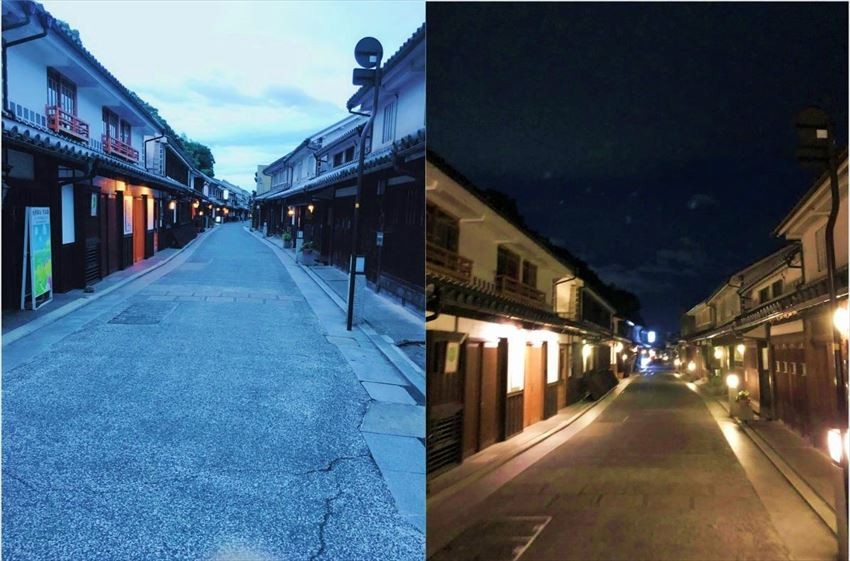
Dawn vs dusk @ Kurashiki Street
I unconsciously stopped and was in my own world for a while, “Am I in a historical drama, waiting for my Mr. Right to come along?” Asides, if you are lucky you can see a few swans and fishes swimming happily in the canal. Truth be told, I was enchanted by the scenic and wonderful view. At night, the street lights brighten up the place more. The most interesting part is we can see the light and building reflected on the canal. Awesome, right?
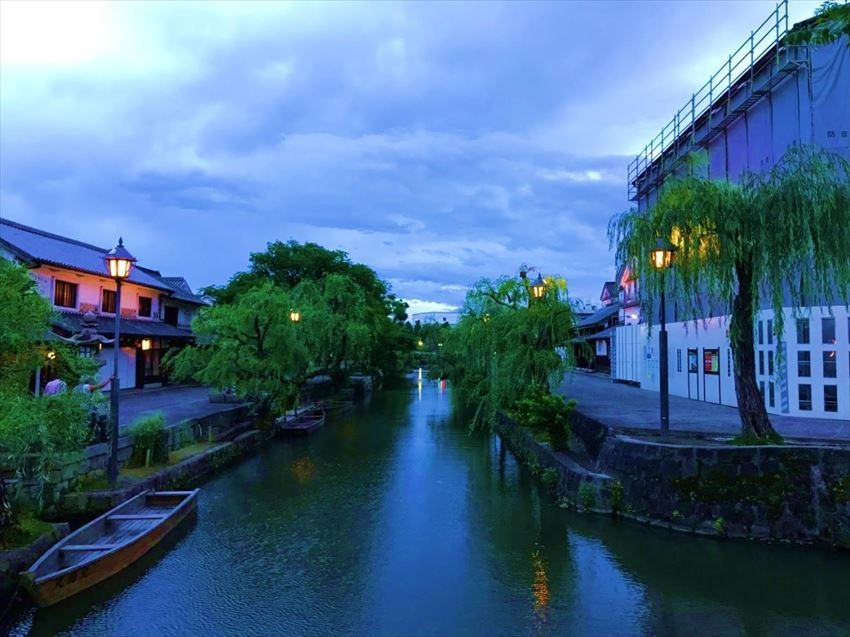
The romantic view of Kurashik canal
Kurashiki Guesthouse Yuurin-an
We decided to spend overnight at Yuurin-an Guesthouse, located at the heart of Kurashiki Bikan. The guesthouse seems like a “share house” but in a traditional wooden home. I was told that the house was built over 100 years ago. Interesting! As their tagline goes, “the traditional Japanese house over 100 years”, we were invited by the ‘Futon’ bedding, the bed that Nobita used in Doraemon.
At 6.30 p.m. every day, the guests and the staffs will gather together and do some ice breaking with each other. During our stay, we got to know the friendly staffs and a few other guests, including a Swiss girl, Gwen-san.
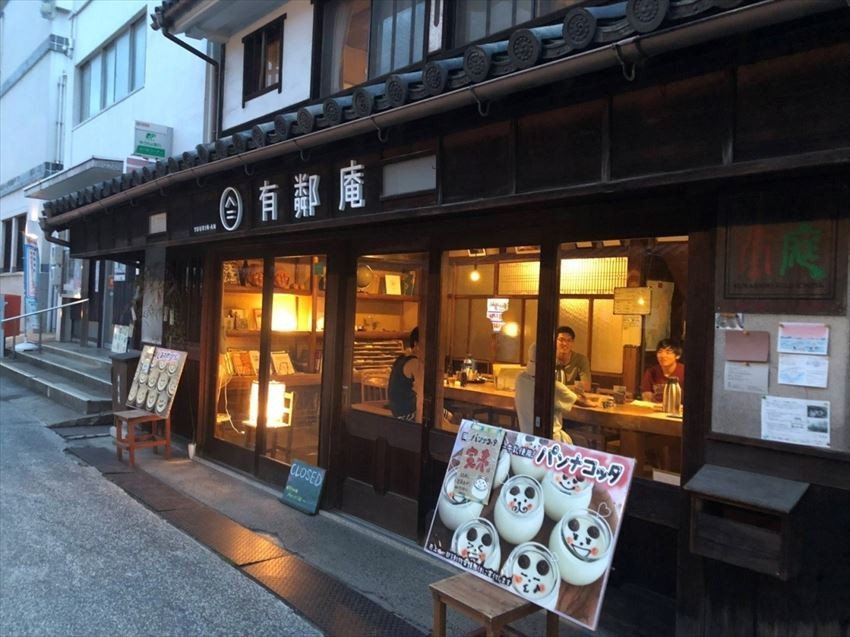
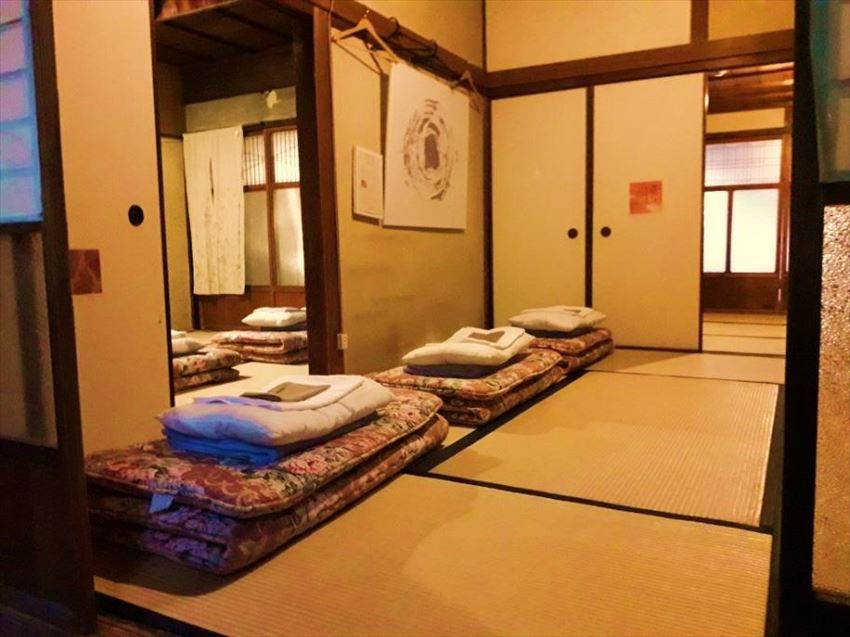
Shubou Yae Restaurant
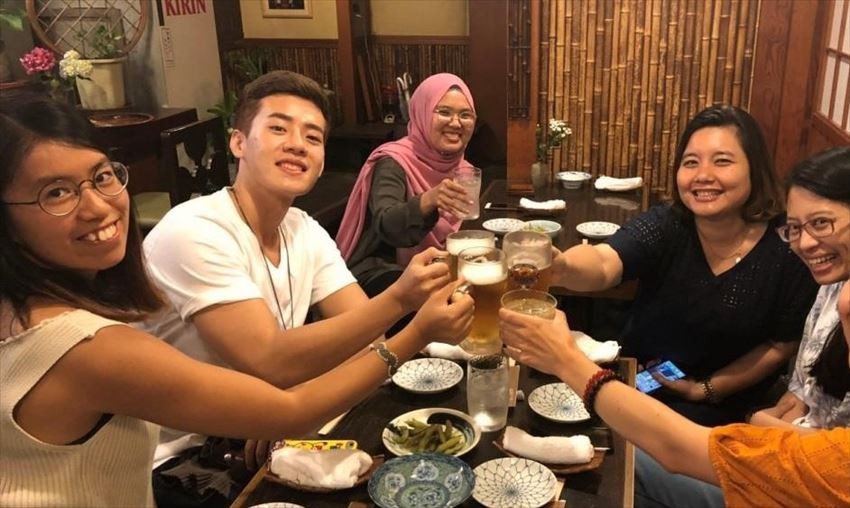
We had our dinner at Shubou Yae, one of the authentic fish based eateries in Kurashiki Bikan. The concept of the restaurant is more like a traditional neighbourhood Japanese restaurant. We ate sashimi and some other fish dishes. One thing I like about traditional Japanese restaurant interior is that they use wooden playcard menu instead of paper printed one.
Kanpai!! Gwen-san joined us for dinner tonight.
“Kenyang perut suka hati”, let’s go back to Yuurin-an and recharge for tomorrow.
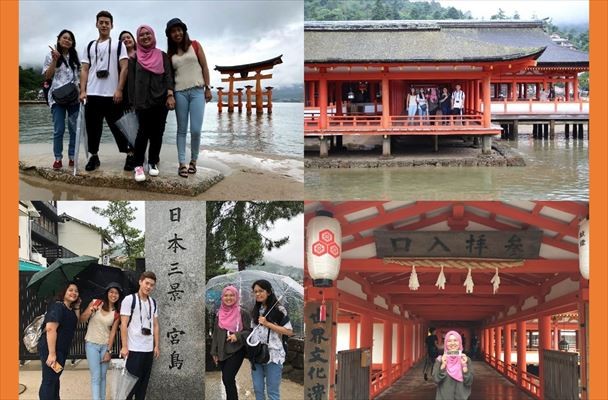
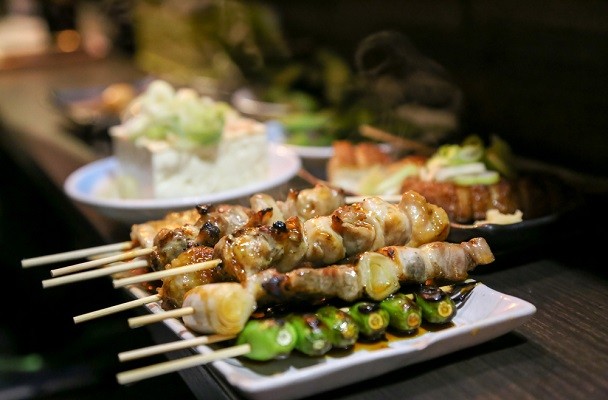
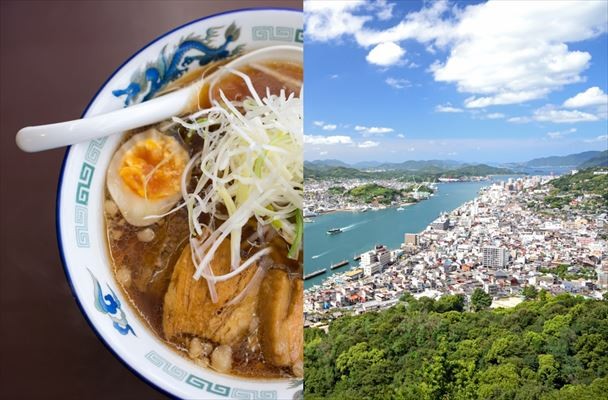
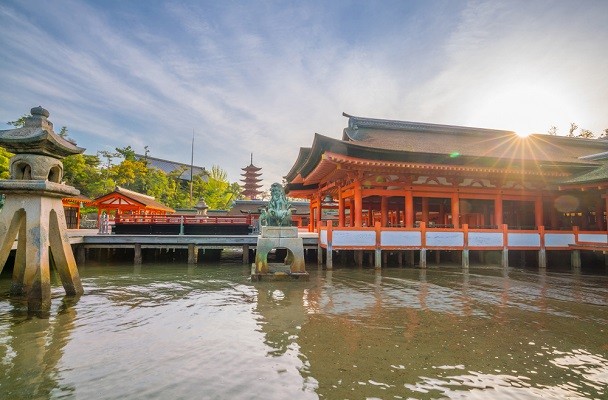
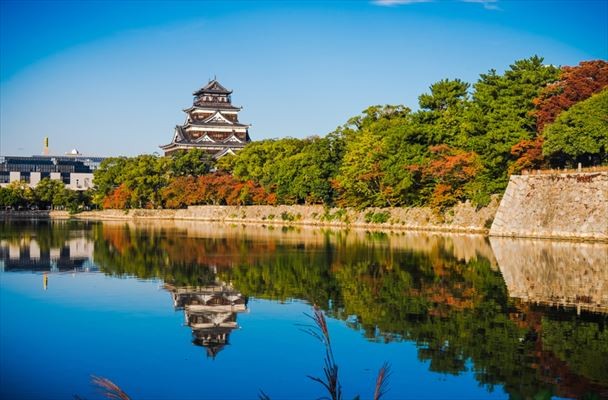
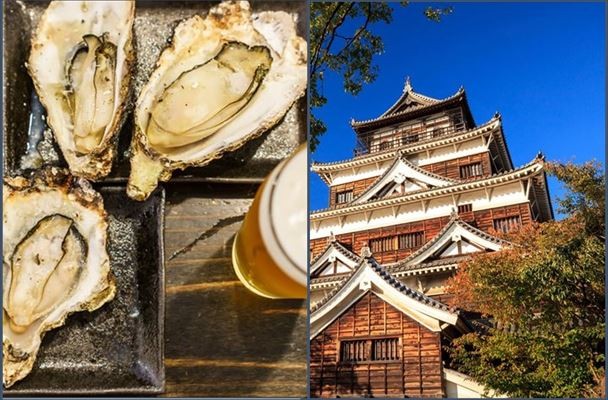
Comments